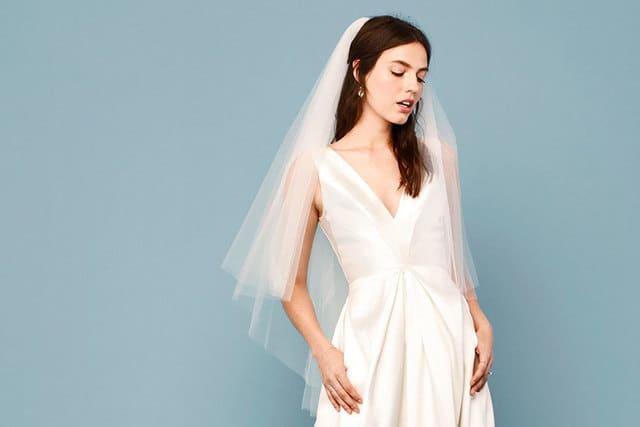
Jessica Goldblatt admits that Dreams on a Dime is a slightly misleading name for the San Francisco wedding planning business she founded in 2007.
It’s not a cut-rate service for couples who want a lavish event but can’t pay full price. “It’s more about getting the biggest bang for your buck,” she says. This would explain why a typical client spends about 500,000 dimes, or $50,000, on a wedding she is hired to orchestrate.
What it doesn’t explain is why weddings have gotten so expensive.
The Wedding Report, an industry research company, came up with $25,764 as the average cost of a wedding last year (New York area weddings came in at $39,948; Los Angeles, $36,016; and San Francisco, $39,174). More encouraging, the survey found that more than 40 percent of American marrying couples spend less than $10,000 on their weddings.
(The survey from the Wedding Report relied on 10,521 questionnaires from random pre- and post-wedding couples.)
Whether brides and grooms are getting the bang for their buck that Dreams on a Dime and other cost-aware wedding industry players promise is debatable.
Like many planners, Goldblatt will work with couples who tether themselves to tight purse strings, though perhaps not the less-than-$10,000 couples (unless they have a small number of guests).
Where spending accelerates
Problems sometimes arise, Goldblatt says, when couples “don’t allow enough time to book things far enough ahead, so they pay way more than they should. Or their guest list is enormous — they want to invite a quarter of the population.”
“We’re very realistic with couples in telling them we’re not going to get blood from a stone,” she says.
Resourcefulness is key. “If somebody wants an all-peony bouquet and peonies are not in season, that can cost $400,” Goldblatt says. “We’ll tell a bride, put some seasonal flowers in and one or two peonies. None of your guests are going to go, ‘Only one peony? What a sucky wedding.’”
Cut the big costs
Anastasia Stevenson, aka the DIY Wedding Planner, says corners can be cut from almost every building block in a dream wedding. This includes the venue, the most expensive part (the Wedding Report puts the average venue cost at $12,714).
Stevenson’s tips for picking a reasonably priced events space include scoping out places that require minimal extra beautification, like art galleries and botanical gardens. Another option is working with a business like Pop the Knot, which negotiates with popular sites to slash the cost of what Michele Velazquez, the company founder, calls “an elopement” — a gathering of fewer then 25 guests, usually at on off-peak time and day.
In Manhattan, her clients’ favorite spot is 620 Loft & Garden, for its dramatic views of Fifth Avenue and St. Patrick’s Cathedral. The venue charges up to $14,500 for a weekend wedding, she says, but she secures morning rates for a few thousand. Her package, including officiant, photographer, bouquet and boutonniere, ends up costing couples $3,799.
Employ digital tools
At least one cutting-edge wedding service costs nothing: Joy, a digital platform, can save couples by bundling digital needs in a single online location, says Vishal Joshi, one of the founders. Instead of paying for a wedding website plus digital invitations, save-the-date and RSVP blasts, Joy handles everything, plus additional fun communication tools. For example, it can remind guests 15 minutes before a ceremony to turn off their phones.
For now, all Joy services are free. “We don’t even have a way to run credit cards yet,” Joshi says.
A more affordable gown
A few dress designers are climbing aboard the affordable luxury bandwagon, too. Anomalie, for example, saves clients more than 70 percent — usually several thousand dollars, says Leslie Voorhees, a founder — by selling directly to brides from factories where it makes custom gowns using the same materials as boutique brands like Monique Lhuillier.
Floravere also cuts out the middleman; Molly Kang, a company founder, says the business was built on the concept of “radical accessibility.”
Floravere bypasses boutiques and sends dresses designed by veterans of brands like Vera Wang directly to brides, who can try them on at home and send them back. By doing so, it dispenses with judgmental sales staff and forbidding price tags. A typical dress costs about $1,500 — near the average cost per the Wedding Report ($1,220). The savings is in the quality and the buying experience, Kang says.
In stores, the dresses would cost more than twice as much. And “we’re working on getting prices even lower,” she says. Floravere recently opened a showroom in Seattle where brides-to-be can try on the full collection.
For those who scoff at the skyrocketing survey numbers, and for sensible types everywhere, this is a start.
























